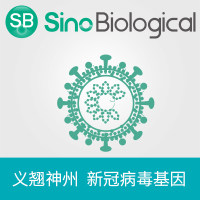Transformation and Foreign Gene Expression in Plants Mediated by Microprojectile Bombardment
互联网
436
Most common strategies for gene transfer in plants derive from the fact that Agrobacterium tumefaciens contains Ti plasmids which facilitate transfer of T-DNA from the plasmid genome into plant cells with attendant integration of the T-DNA region containing foreign genes into the plant nuclear genome (1 ). Alternatively, DNA may be introduced into protoplasts using various chemical fusagens (2 ), by electroporation (3 ), or by microinjection (4 ). In all these approaches foreign DNA is introduced into the nuclear genome and mostly single genes driven by independent promoters flanked by polyA-specifying terminators have been expressed. Despite several advantages of the Agrobacterium -mediated transformation, major limitations still remain; the limited host range should be extended to major crop species. Monocots, especially cereals, are highly recalcitrant to Agrobacterium infection. Since regeneration from cultured tissues is a prerequisite, problems of somaclonal variation resulting from tissue culture induced mutations should also be addressed. Direct DNA transfer by electroporation or using chemical fusagens require the use of protoplasts; unfortunately, most crops can not be regenerated from single cells (5 ).









